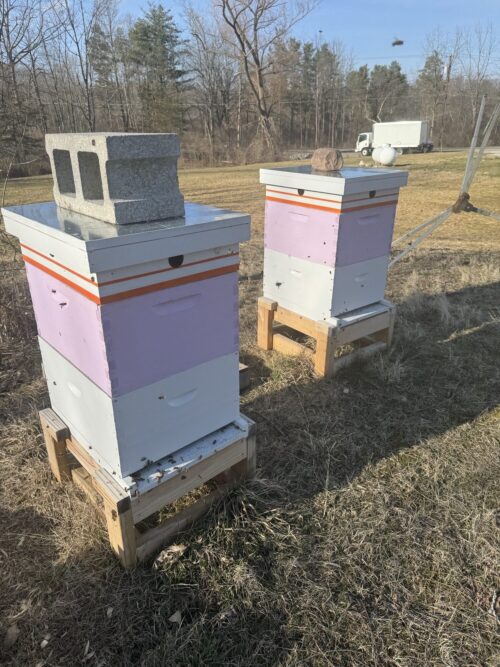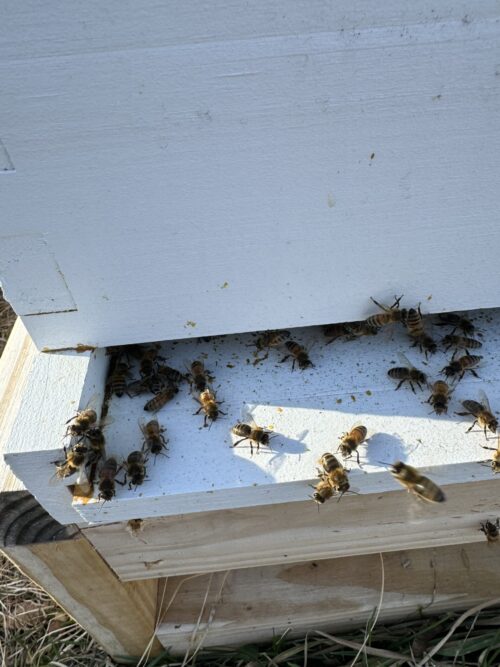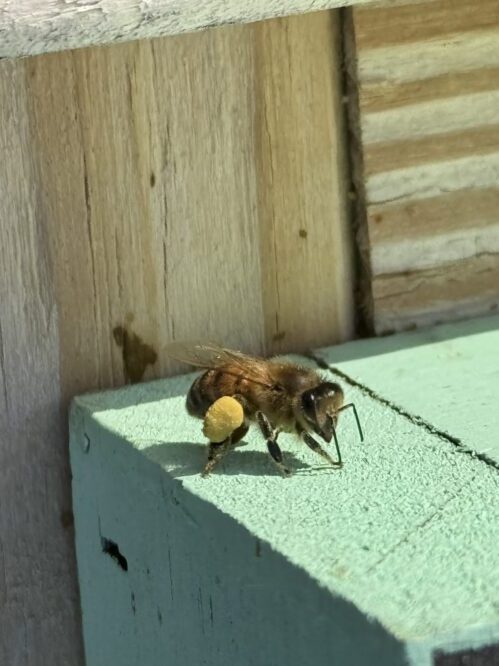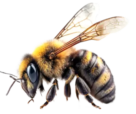Apiculture
 Apiculture is the Scientific Method of Rearing Honeybees.
Apiculture is the Scientific Method of Rearing Honeybees.
The word ‘apiculture’ comes from the Latin word ‘apis’ meaning bee. Apiculture or beekeeping is the care and management of honey bees for the production of honey and wax. Platinum Pest Control strongly believes we should save all the honeybees. We support this by having 27 hives located at the platinum Headquarters in Rockstream, New York.
Protect the Pollinators
At Platinum Pest we know how important honeybees are to the environment. That is why we protect pollinators from pesticides and even promote their wellbeing and productivity by practicing beekeeping.
There are several ways honey bees can be killed by insecticides. One is direct contact of the insecticide on the bee while it is foraging in the field. The bee immediately dies and does not return to the hive. In this case the queen, brood and nurse bees are not contaminated and the colony survives. The second more deadly way is when the bee comes in contact with an insecticide and transports it back to the colony, either as contaminated pollen or nectar or on its body.



There are a Few Ways to Prevent Pesticide Poisoning
- Apply Pesticides in The evening. Spraying pesticides in the evening hours can greatly reduce honey bee mortality because the bees are not in the fields.
- Appropriate Formulation. Granulars are the best formulations to use. Solutions and emulsifiable concentrates dry quickly and do not leave a powdery residue unlike the dusts and wettable powders. Granulars are similar to dusts but are larger in particle size. They are applied into the soil or broadcast on the surface of the ground. They are seldom used on blooming plants and are essentially non-hazardous to bees.
- Use Less Toxic Pesticides. Using less toxic pesticides that degrade rapidly is also important in reducing honey bee mortality. When these pesticides are sprayed in the fields, it takes only a few hours for them to degrade as opposed to a few days or weeks.
- Application Method. Using granular formulations, soil treatments or equipment that confines the spray to the intended target can help reduce the risk of drift from pesticides. As opposed to aerial application, which can cause mass fatalities.
- Establish Apiaries in Safe Locations. The location of your apiary is probably the most important factor in eliminating the risk of pesticide poisoning. The farther colonies are away from fields or orchards that are treated with pesticides, the better chance the bees have against pesticide poisoning.
Practices to Help Protect Bees 
- Identify what species of bees are present at the site and learn the specific ways to protect them.
- Read labels carefully before deciding which pesticide to apply and follow the product directions.
- During prebloom, do not use an insecticide or miticide (acaricide) with a long residual time (extended-residual toxicity) or with systemic (translocated) activity.
- Avoid applying any pesticides to plants that are flowering, particularly insecticides and miticides. Also avoid pesticide drift to nearby blooming plants, including weeds.
- Do not tank mix insecticides or miticides with fungicides for application where plants are flowering, including weeds.
- Do not add adjuvants to fungicide applications during bloom or when there is high honey bee activity in the field unless the product label or pesticide regulations direct an adjuvant should be added.
- Do not directly spray bees, beehives, or bee nesting sites with any pesticide. Ensure that the applicator turns off nozzles when near beehives or nesting sites or that hives or bee boxes are removed from the area before application.
- Either remove or cover water sources before spraying pesticide, or supply new, clean water after an application is made.
- Use integrated pest management to maintain healthy crops and minimize pesticide use.